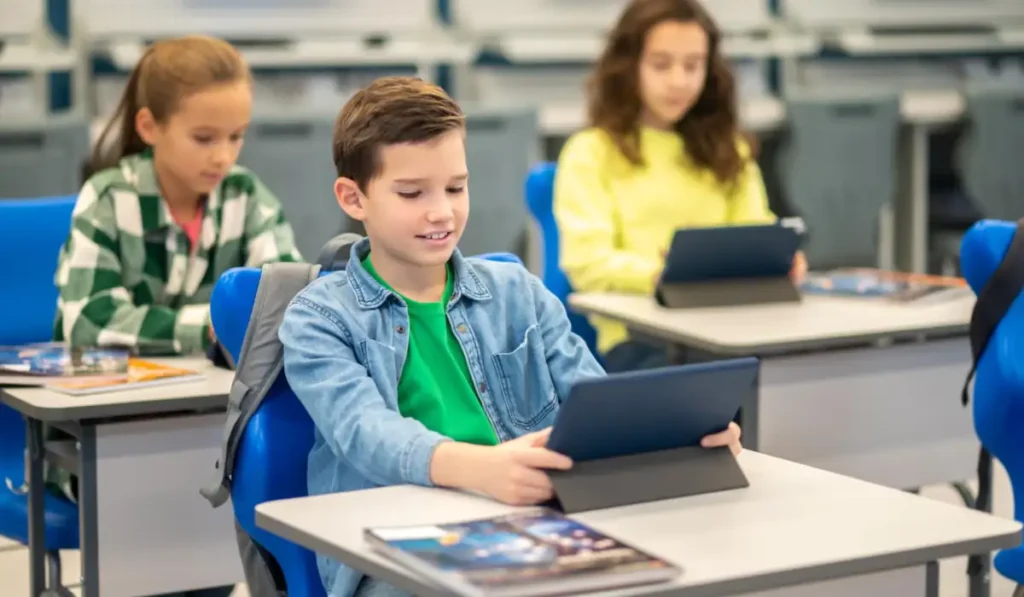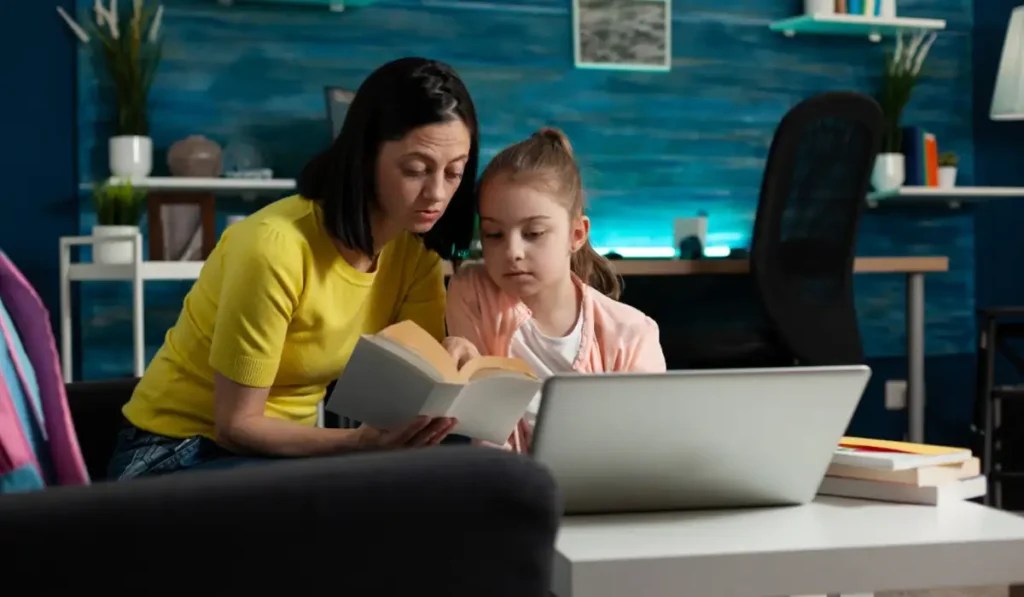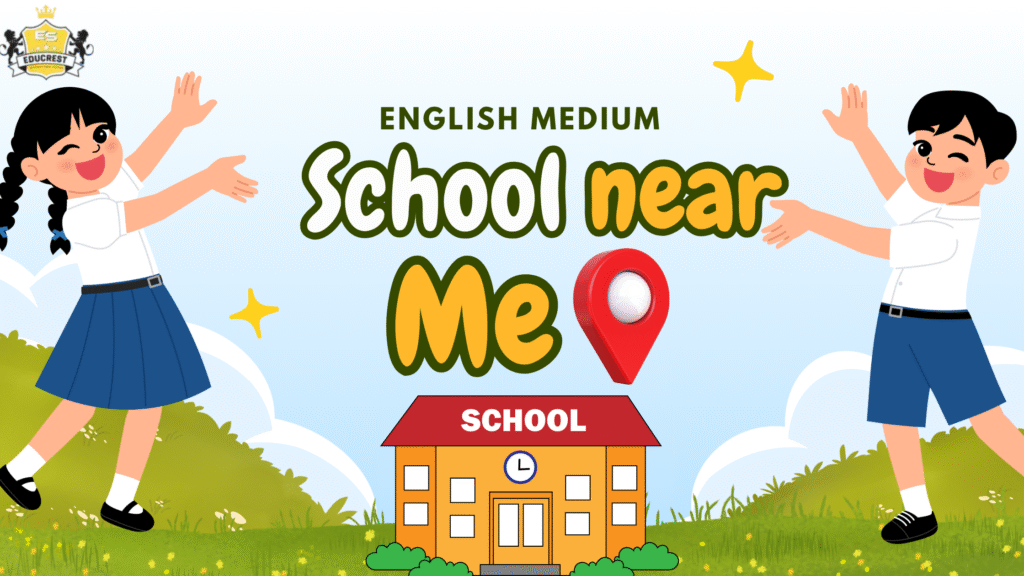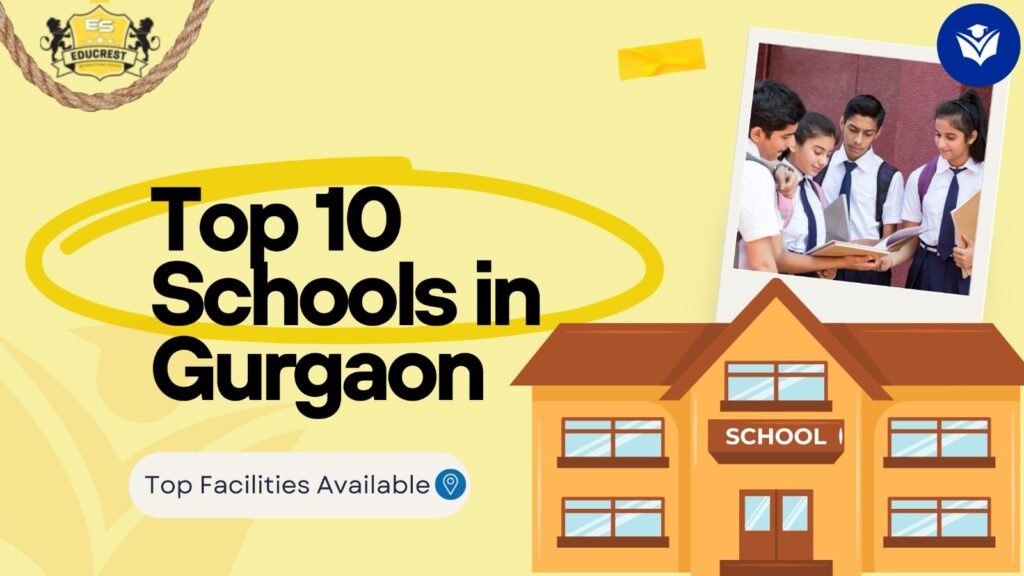In today’s fast-paced world, technology has become an integral part of our daily lives — and education is no exception. From interactive classrooms to online learning platforms, the role of technology in modern education is more important than ever. Schools, teachers, and students are embracing digital tools to create a more engaging, personalized, and effective learning experience.
Technology Enhances Classroom Learning
Gone are the days when learning was limited to textbooks and chalkboards. Smartboards, tablets, and educational apps have made lessons more interactive and fun. Teachers can use multimedia presentations, videos, and simulations to explain complex concepts in a simple way. This not only grabs students’ attention but also helps them retain information better.
Online Learning Opens New Opportunities
One of the biggest benefits of technology in education is the rise of online learning. Students can access lessons, homework, and study materials anytime, anywhere. Virtual classrooms and video conferencing tools allow teachers to connect with students even outside regular school hours. This flexibility is especially helpful for students who need extra support or have busy schedules.
Technology Encourages Collaboration
Digital tools make group work easier and more productive. Platforms like Google Classroom or Microsoft Teams let students share documents, brainstorm ideas, and work together in real time — even if they are not in the same place. This prepares them for the collaborative work environments they will face in the future.
Personalized Learning for Every Student
Not every student learns at the same pace. Technology allows teachers to offer personalized learning paths, adaptive quizzes, and targeted feedback. This helps students strengthen their weak areas and progress at a pace that suits them best.
Balancing Screen Time and Real-Life Interaction
While technology has many benefits, schools must also teach students to use it responsibly. Setting healthy screen time limits, promoting digital citizenship, and encouraging offline activities ensure a well-balanced education.
Conclusion
Technology has transformed education by making it more interactive, accessible, and personalized. From smart classrooms to online learning platforms, digital tools are shaping the future of education — preparing students with the skills they need to succeed in a tech-driven world.
 +91-8851368009
+91-8851368009












